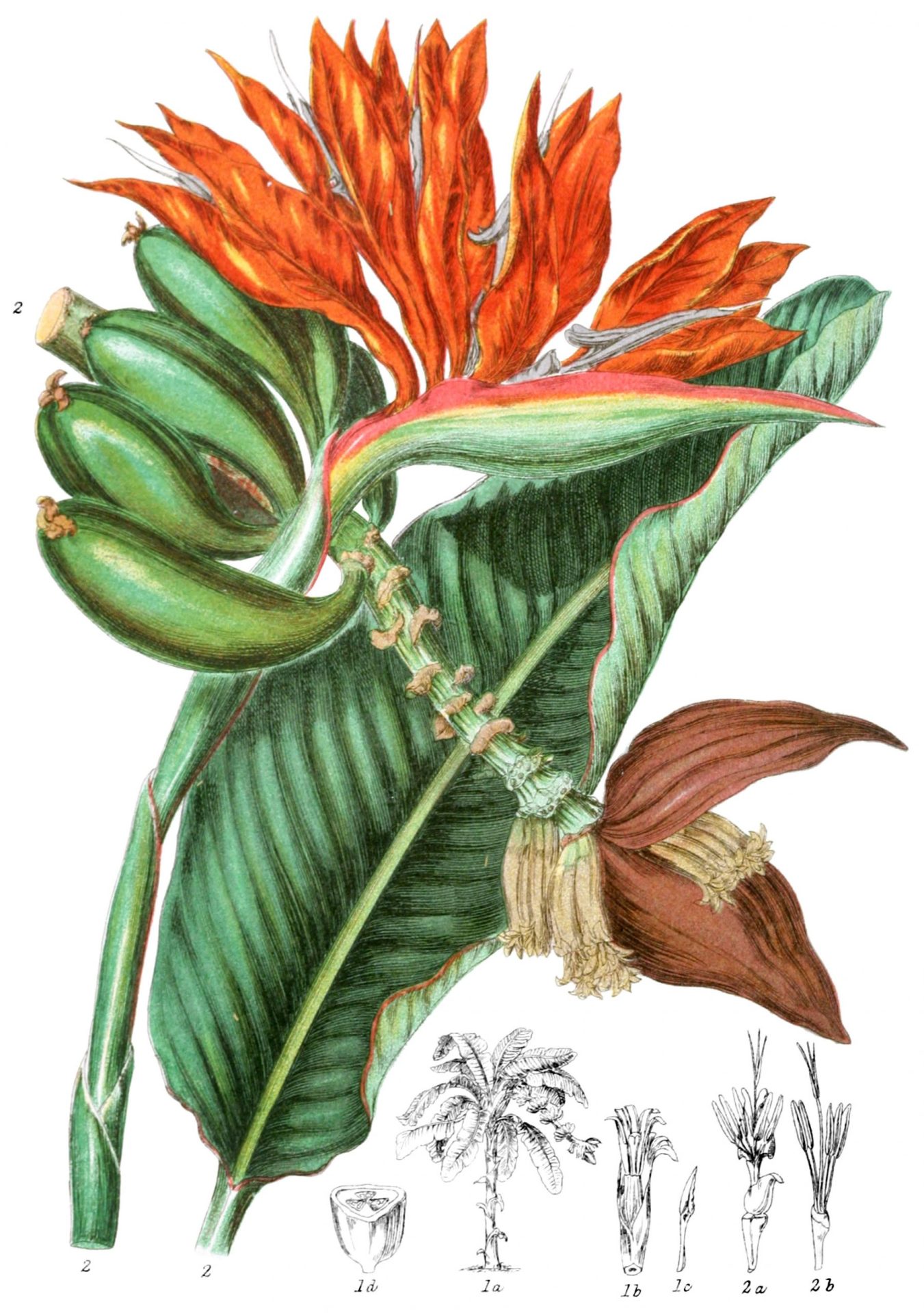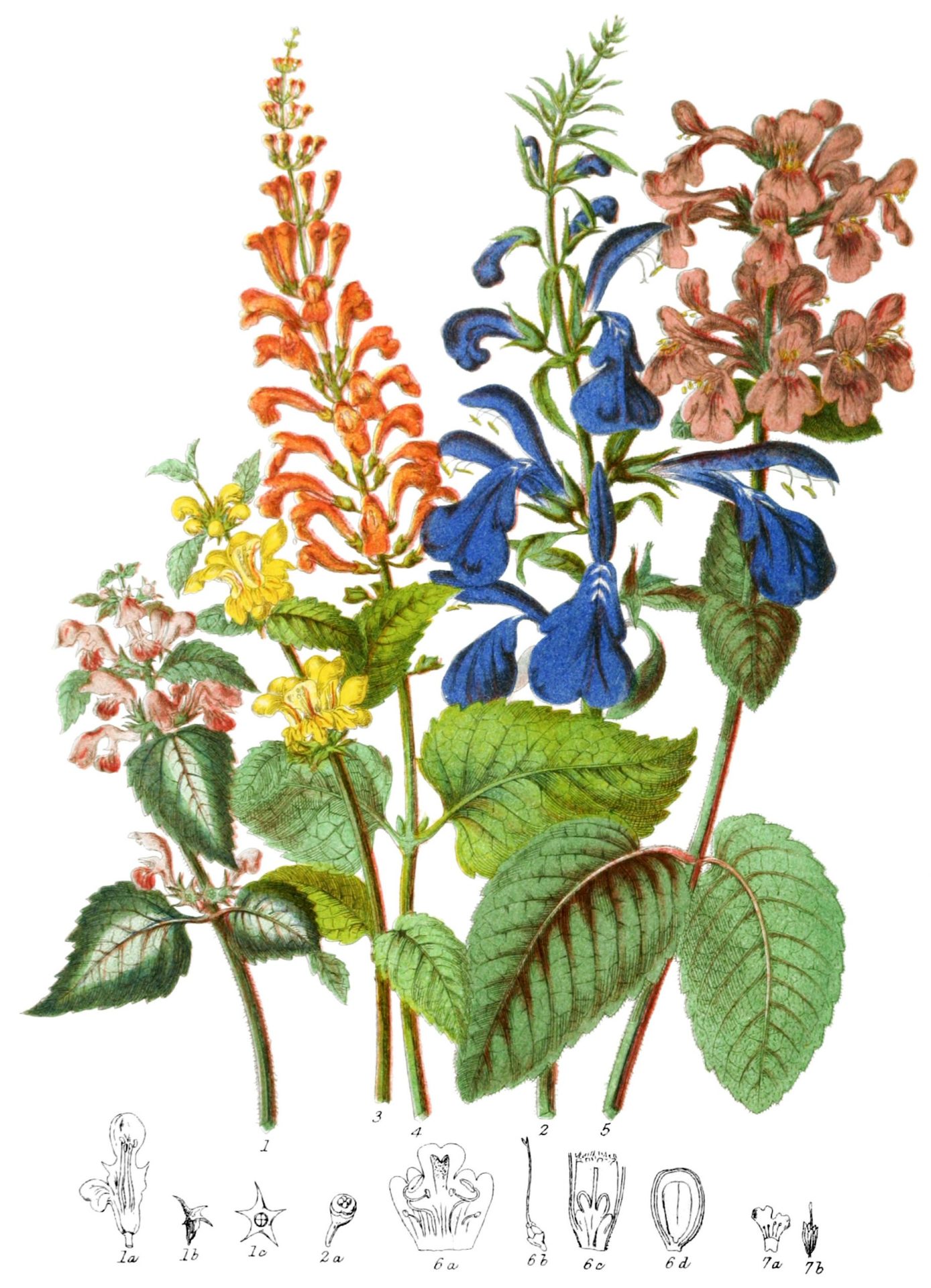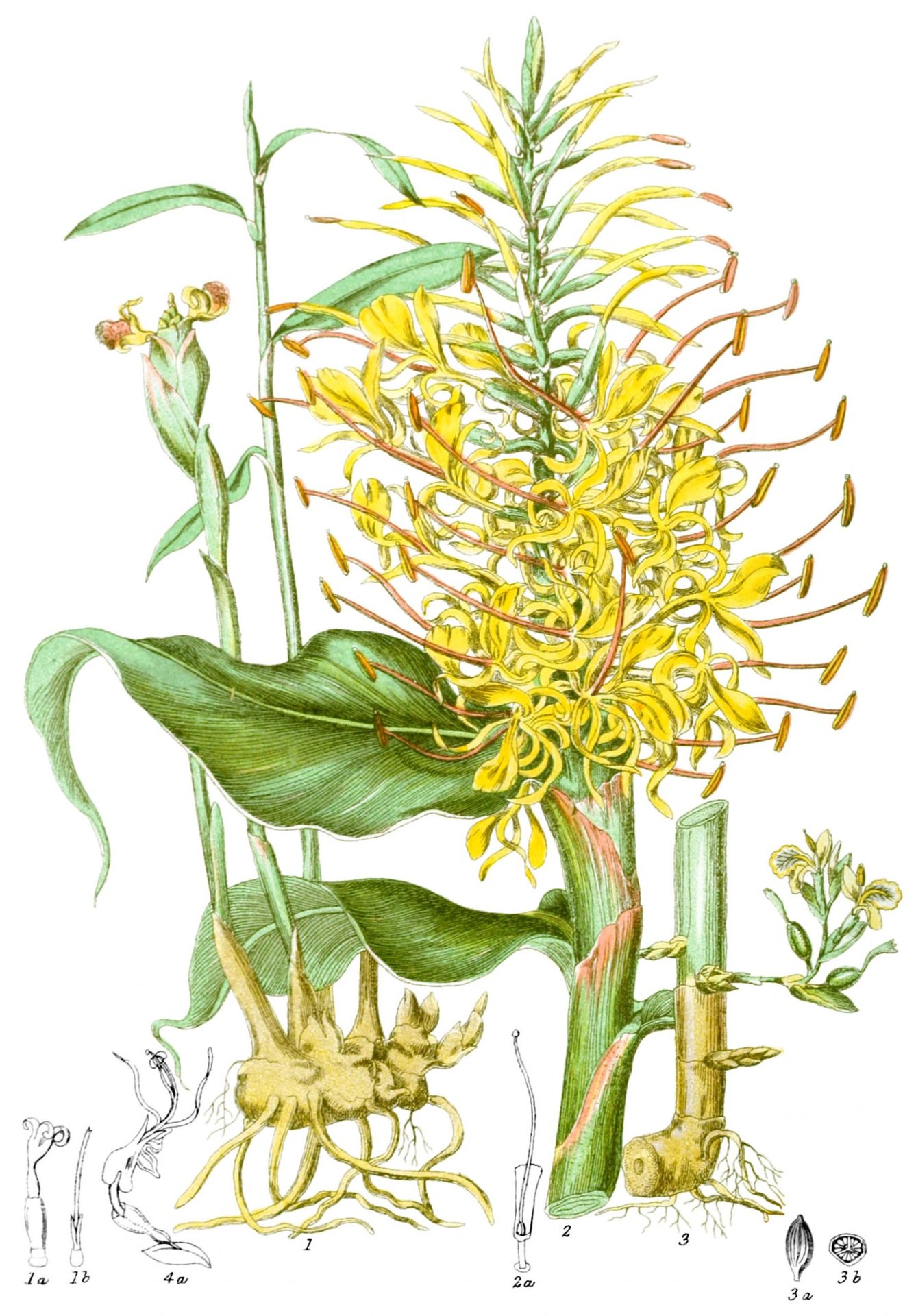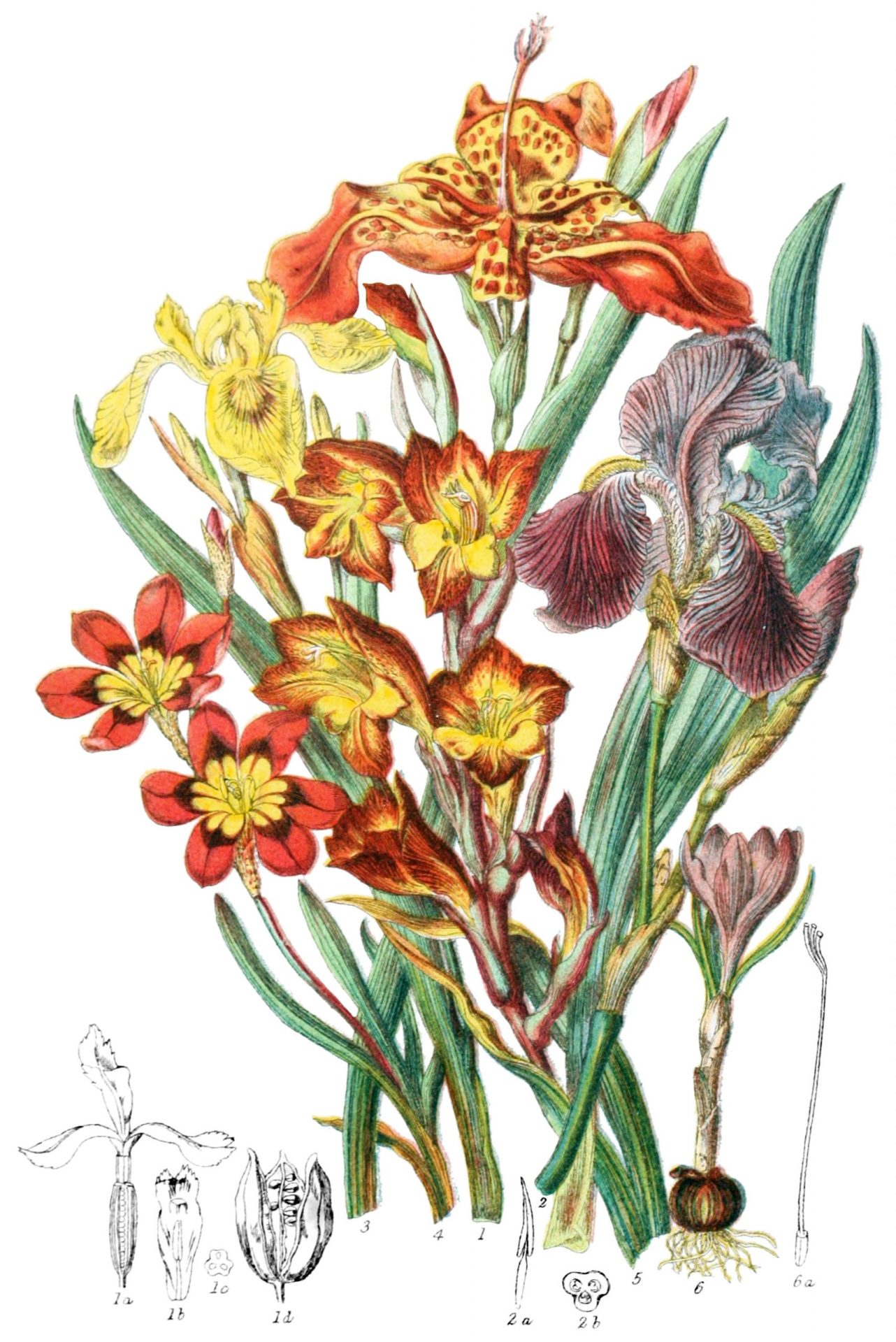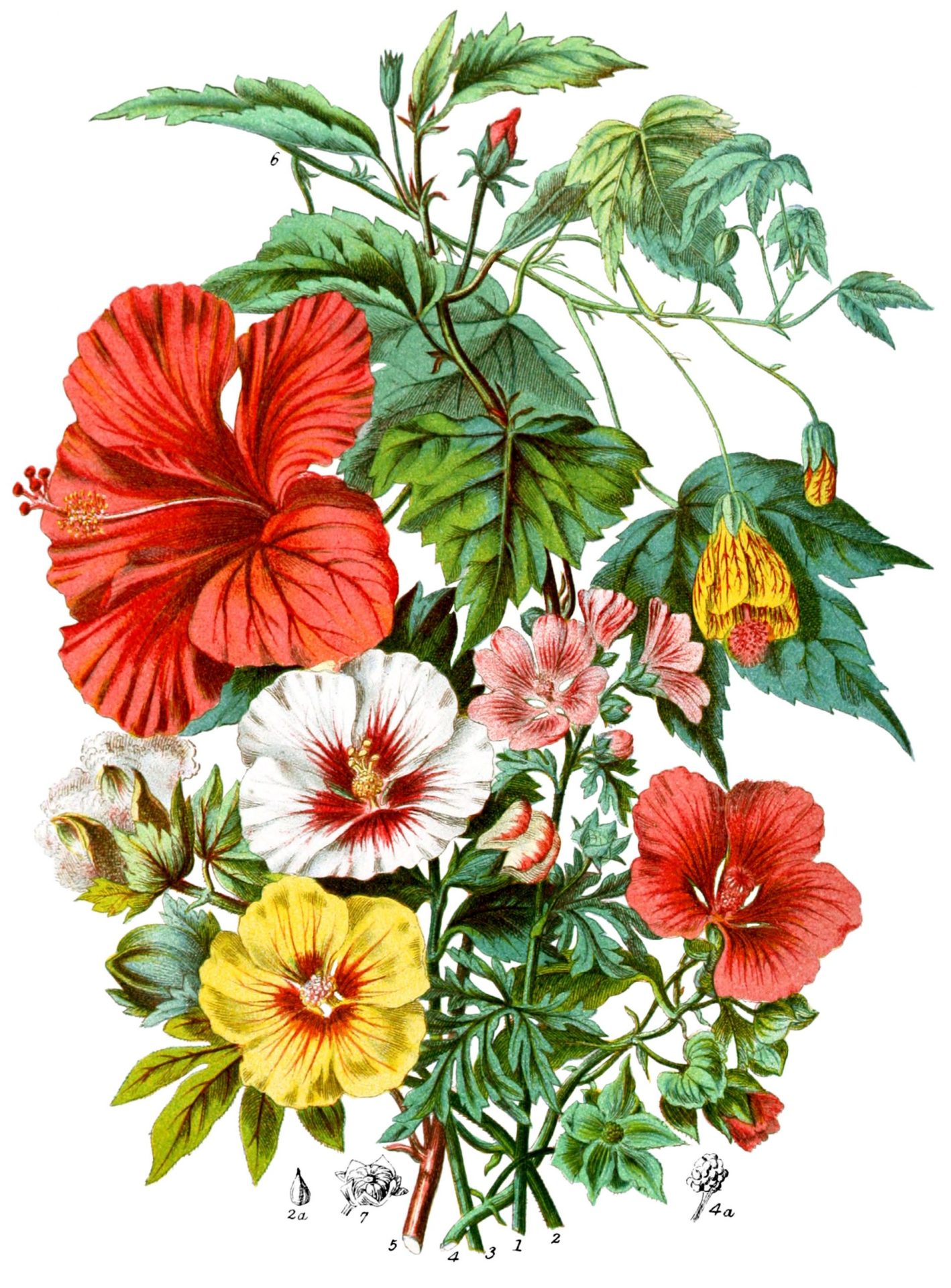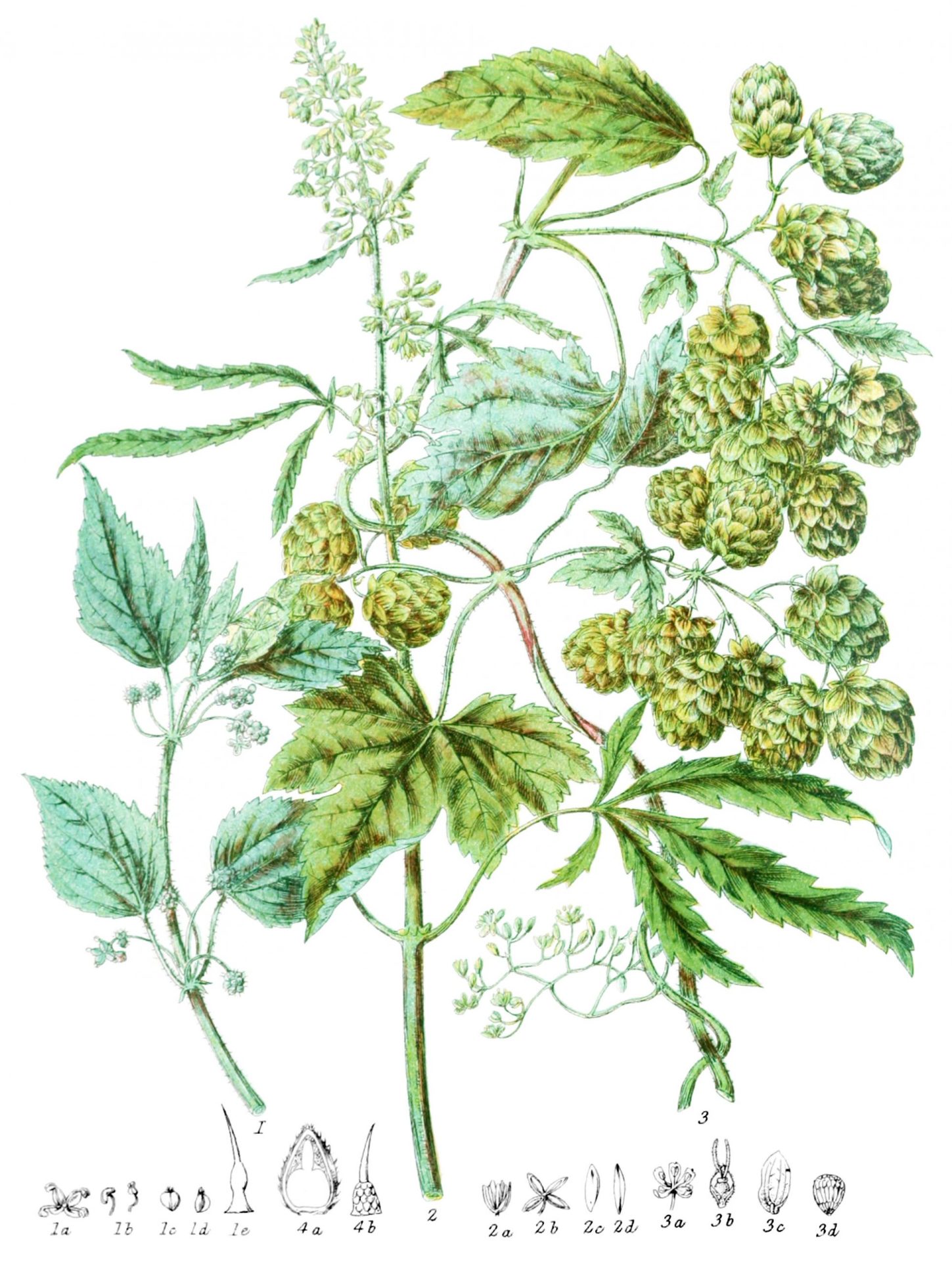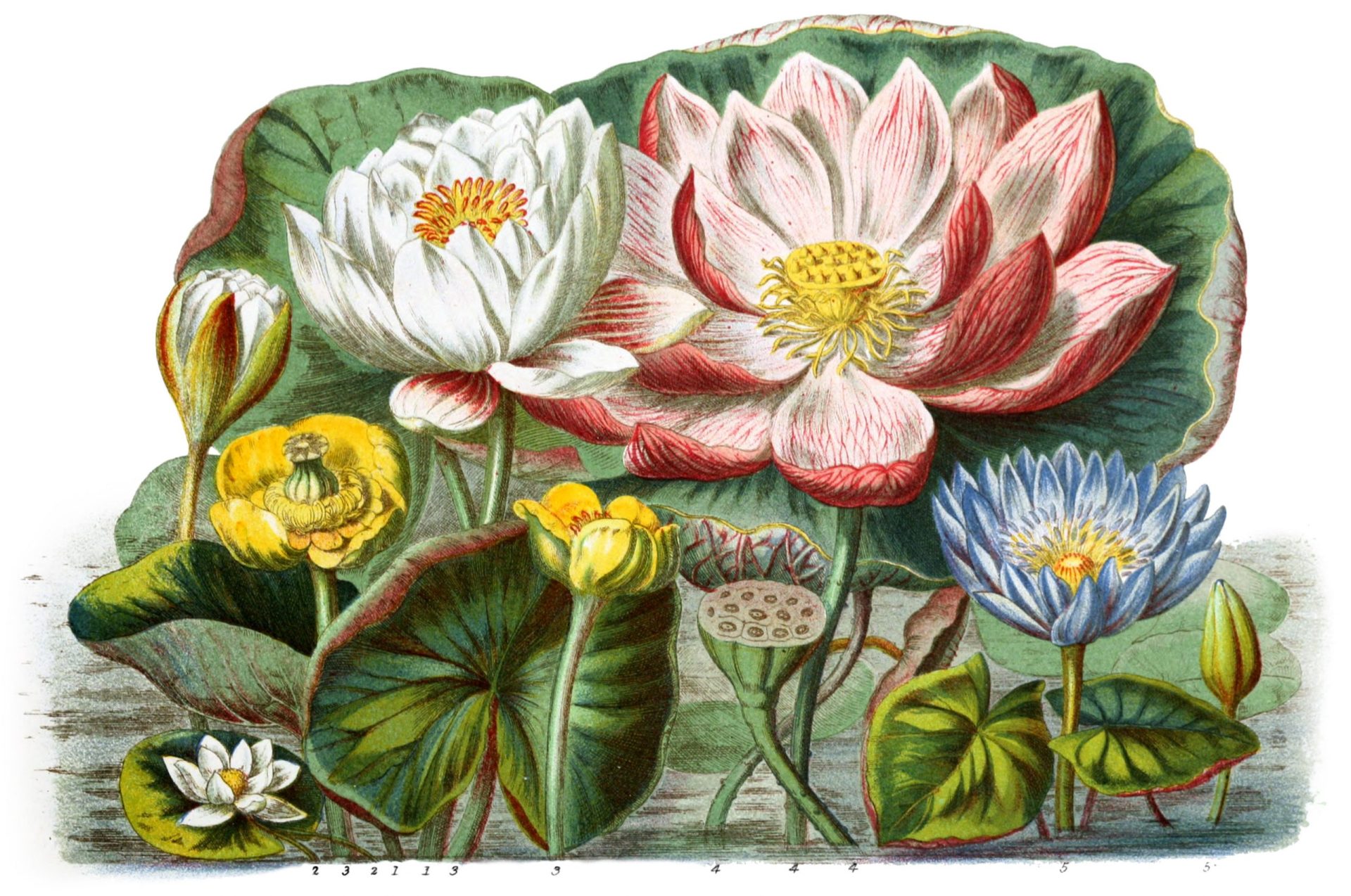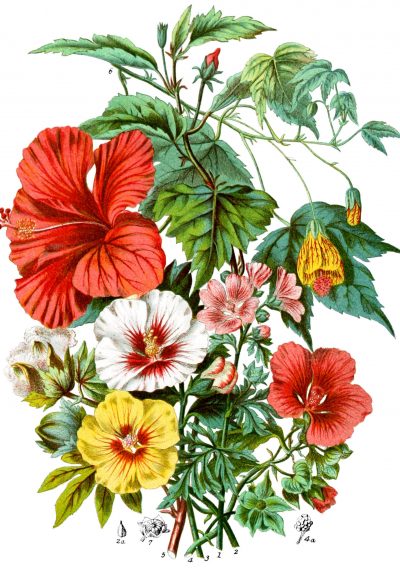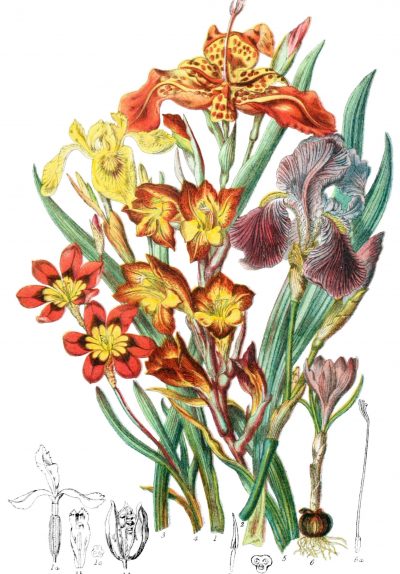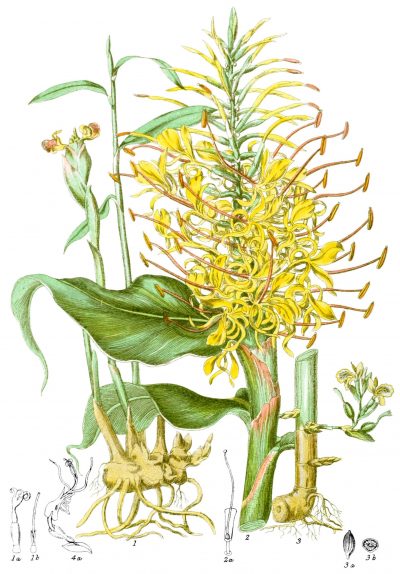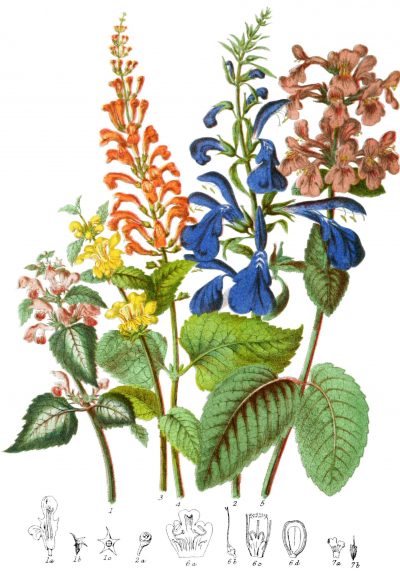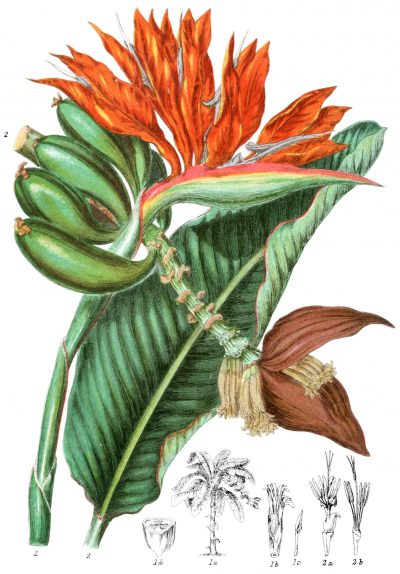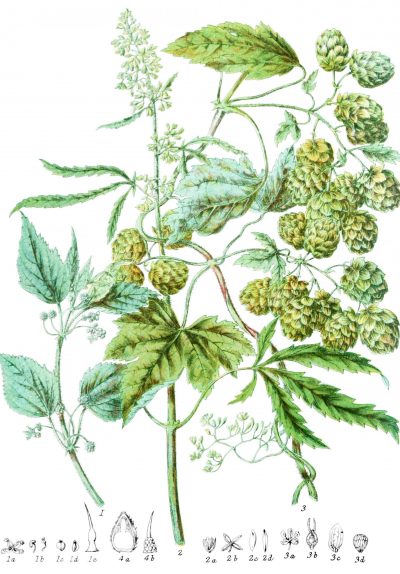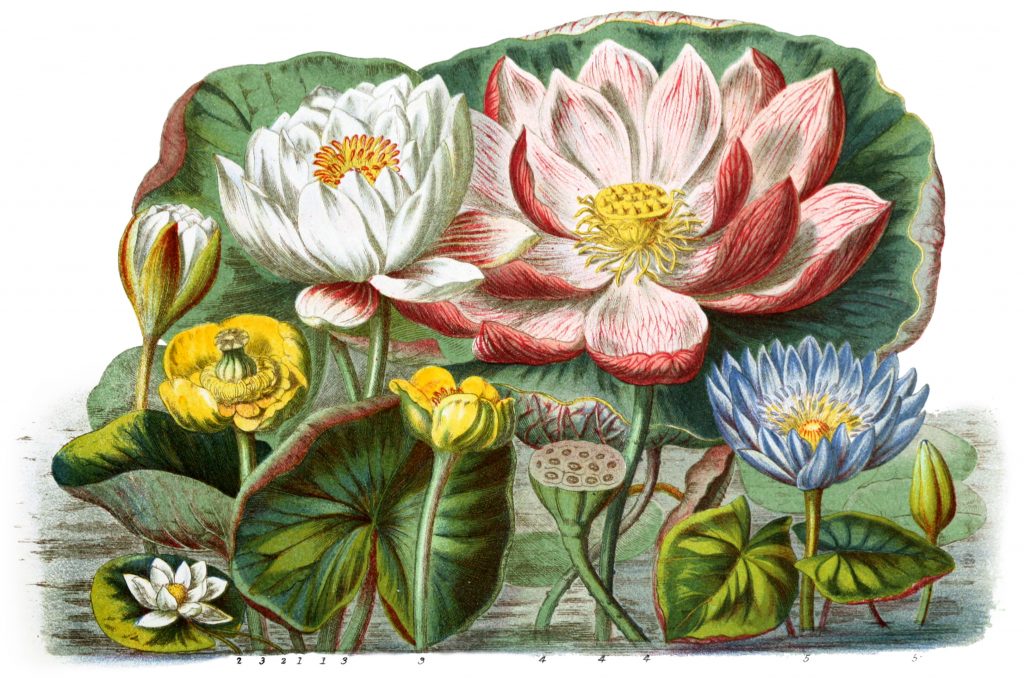Illustrations of the Natural Orders of Plants
Illustrations of the Natural Orders of Plants is a complete reproduction and restoration of Elizabeth Twining’s celebrated 1868 catalogue of botanical illustrations, enhanced with interactive descriptions, diagrams and posters. Each of the 160 illustrations has been restored from the original scans to be coloured to match the plants they depict, which involved careful colour adjustment and the cleaning of stains and other marks on the scans to produce clean images without affecting the original illustrations beneath. After restoration, each plant referred to in the legends of the original illustrations was carefully outlined to create hotspots that matched the accompanying descriptions. This process alone took one to four hours per image and the entire project took four months to complete. The posters were designed as a tribute to Elizabeth Twining’s dedicated efforts to illustrate the natural orders of plants in ways that invite exploration.
I am a web designer and data artist. I have been building websites, data visualisations and creating data art for more than 20 years. I create and sell data-driven artwork on a variety of topics such as science, music, literature, transportation and more. My work has been featured in publications and museums around the world.
Artist:
Nicholas Rougeaux


